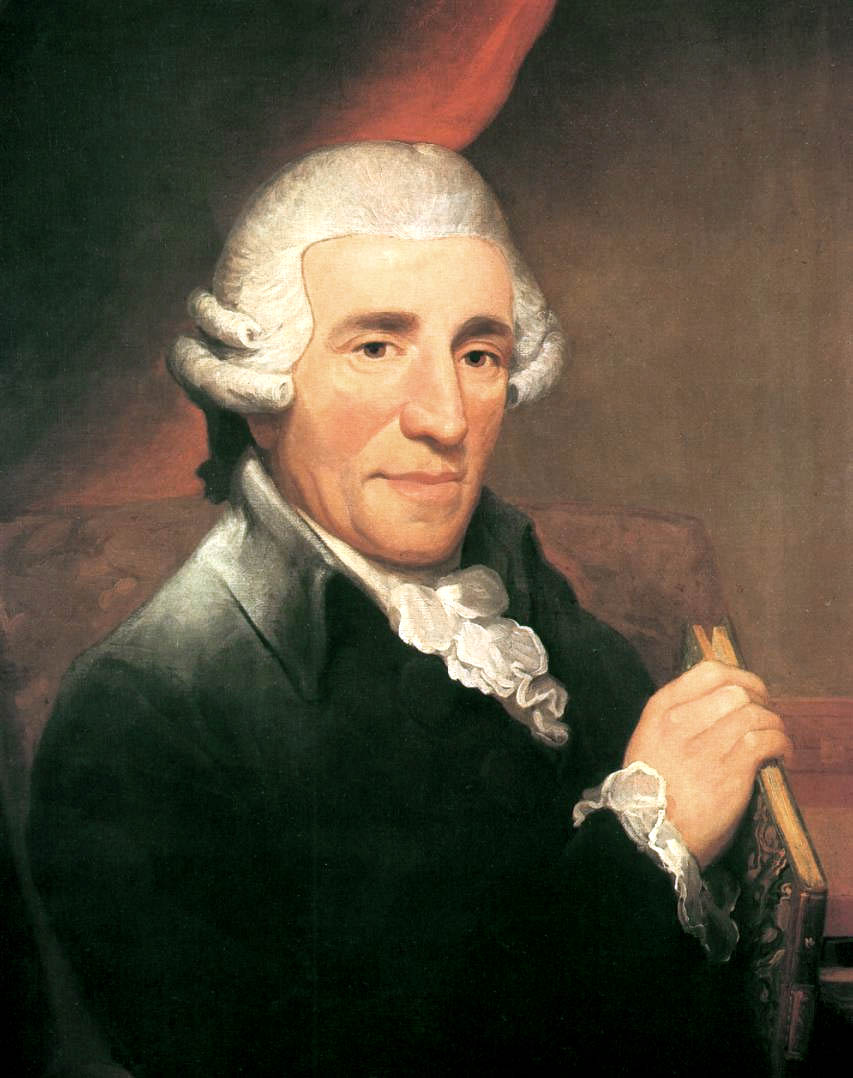Haydn in plain sight

Of the world’s very greatest composers, Franz Joseph Haydn remains the most prolific, the most accessible, but, strangely, the least performed.
While there are fleeting shadows in Haydn’s massive oeuvre, his music remains predominantly genial, witty and optimistic—qualities that perhaps are less attractive to many conductors who prefer the drama, neurosis and interpretive challenges of Mahler or Tchaikovsky to Haydn’s proportion, optimism, and quirky, irrepressible humor.
Felix Mendelssohn is the major birthday composer of 2009, but this year also marks the 200th anniversary of Haydn’s death. However attenuated, any occasion to hear the Austrian composer’s delightful music is welcome, and the New World Symphony did Papa Haydn proud with the program presented Sunday afternoon at the Lincoln Theatre.
Haydn’s essence was displayed in the opening Trio in D major, Hob. XV:16. The New World musicians—flutist Katrina Walter, cellist Susan Yun and pianist Elaine Hou—provided a virtual seminar in proper Haydn style: refined, gracious, and impeccably balanced with decorous taste in the Andantino and crackling drive in the finale without ever sacrificing an essential elegance.
Haydn’s remarkable achievement in the string quartet genre is so vast, with sixty-eight catalogued works, it’s hard to get a grasp of the entire set—also a likely reason why only a relative handful of Haydn’s late quartets are regularly performed.
The New World served up a work from Haydn’s supreme Op. 76, but, gratefully, the infrequently heard, string quartet in G major. Violinists Melissa Chung and Martin Shultz, violist Emiko Karen Matsumaru and cellist Sara Sitzer displayed a sure handle for the gear-shifts and ebb and flow, with a neat, rustic touch in the trio of the Minuet and wit and dynamism as required. Intonation was not always airtight in the Adagio, but the performance was rounded off with verve in one of Haydn’s mercurial finales. The angular dance-like main theme develops an agitated head of steam before coming home to a cheerful major-key coda, and the jokes and reverses were thrown off with superb panache by the players.
Eight or ten players is usually the maximum contingent for the New World’s chamber programs. But Sunday’s Haydn program provided an orchestral finale with more than two-dozen musicians on stage for the Symphony No. 31, joined by guest Todd Phillips, founding violinist of the Orion Quartet.
As indicated by the title Hornsignal, a complement of four horns have plenty of showy opportunities in this light-hearted work, but Haydn is generous with his material, also providing genial solos for violin, cello, flute, and even double-bass.
Philips was an inspired concertmaster, leading with such drive, rhythmic point and flexibility that a conductor was not even missed. Similarly, with the gifted Roslyn Black in the first chair, the horns performed almost fautlessly in their challenging display moments. In the finale’s wide-ranging set of variations, equally stylish contributions were had from Phillips, flutist Clint Foreman and bassist Adam Anello. Less happy were the pinched, wayward cello solos, with intonation often jarringly wide of the mark.
Posted in Performances
Leave a Comment
Mon Mar 2, 2009
at 5:31 pm
No Comments






